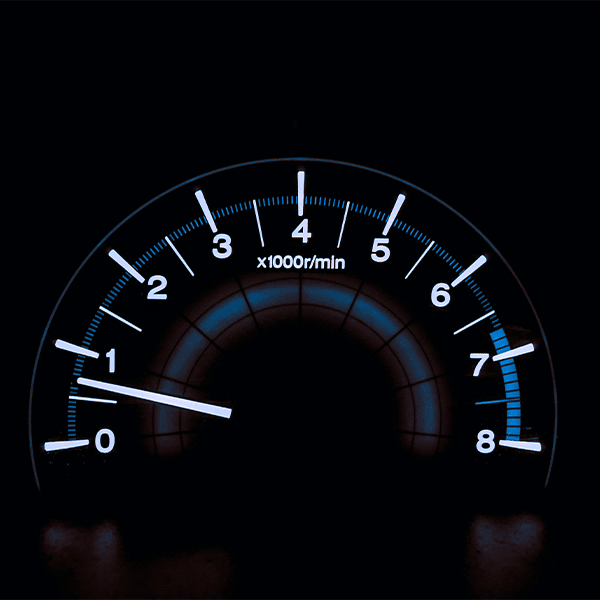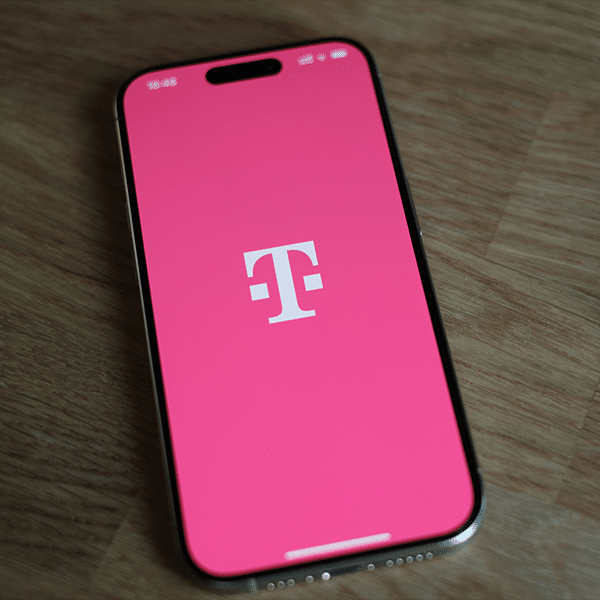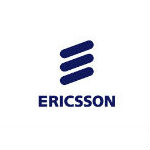 In a telling sign of the times, an IoT connections forecast from Ericsson calls for the number of Internet of Things connections to surpass that for mobile phones in 2018, Ericsson highlights in a news release.
In a telling sign of the times, an IoT connections forecast from Ericsson calls for the number of Internet of Things connections to surpass that for mobile phones in 2018, Ericsson highlights in a news release.
The number of connected IoT devices worldwide will increase 23 percent annually between 2015 and year-end 2021 to reach 16 billion of 28 billion total connected devices, according to Ericsson’s latest Mobility Report. Cellular IoT devices will be the fastest growing of mobile devices, according to Ericsson.
“IoT is now accelerating as device costs fall and innovative applications emerge. From 2020, commercial deployment of 5G networks will provide additional capabilities that are critical for IoT, such as network slicing and the capacity to connect exponentially more devices than is possible today,” Rima Qureshi, Ericsson SVP and Chief Strategy Officer, was quoted in the press release about the Ericsson IoT connections forecast.
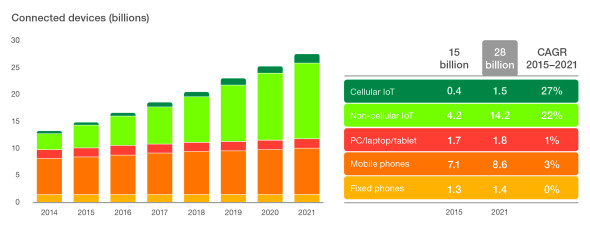
Beyond the IoT Connections Forecast
There are more than 5 billion mobile phone subscribers worldwide, Ericsson points out, and the percentage of smartphone subscriptions continues to rise. Ericsson expects smartphone subscriptions to surpass those for basic phones in 3Q16. Longer term, Ericsson forecasts that smartphone subscriptions will nearly double from 3.4 billion today to 6.3 billion by year-end 2021.
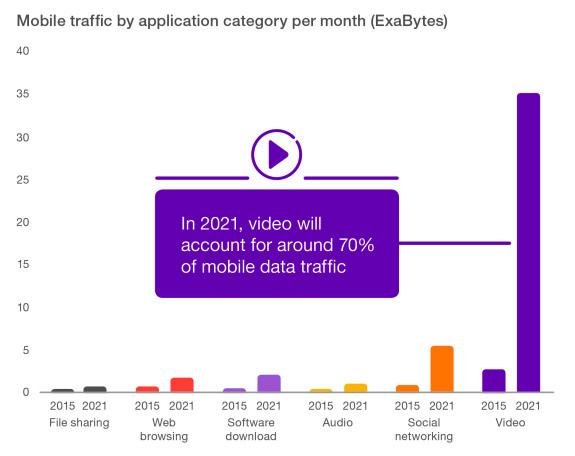
Mobile video streaming, largely on the part of teenagers, is contributing significantly to smartphone data consumption. Smartphone cellular data consumption by teenagers surged 127 percent higher in just 15 months, Ericsson notes, fueled by greater demand for mobile video streaming.
Coincidentally, the time teens spend watching TV on TV sets has dropped 50 percent. There was a corresponding increase of 85 percent in smartphone viewing of TV and video.
Turning to wireless broadband, Ericsson anticipates an industry milestone will be surpassed this year as commercial LTE networks deliver peak download speeds of 1 Gbps. Devices that can support that rate are expected to be introduced in the U.S., Japan, China and South Korea in 2Q16, Ericsson notes.
Other key takeaways from Ericsson’s latest Mobility Report include:
- Data traffic continues unabated growth: global mobile data traffic grew 60 percent between Q1 2015 and Q1 2016, due to rising numbers of smartphone subscriptions and increasing data consumption per subscriber. By the end of 2021, around 90 percent of mobile data traffic will be from smartphones.
- LTE subscriptions grew at a high rate during Q1 2016: there were 150 million new subscriptions during the quarter – driven by demand for improved user experience and faster networks – reaching a total of 1.2 billion worldwide. LTE peak data speeds of 1 Gbps are anticipated to be commercially available in 2016.
- Additional spectrum harmonization is needed between countries planning early 5G deployment: 5G is expected to start more quickly than anticipated, and spectrum harmonization is needed between countries planning early roll-outs. This is in addition to the current process for WRC-19, which focuses on spectrum for commercial 5G deployments beyond 2020.
